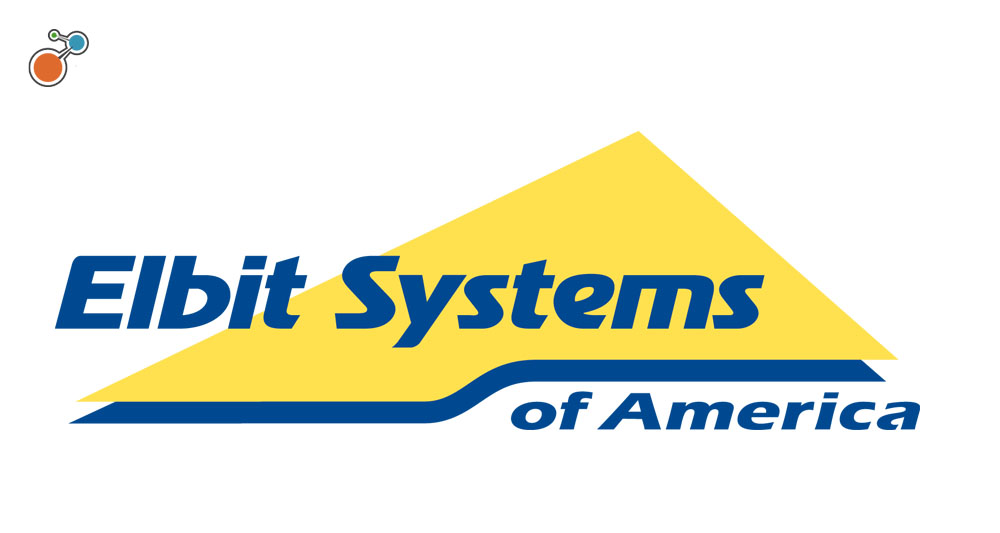Elbit Systems of America undertakes hundreds of complex projects every year – and managing risk effectively is critical to mission success.
Challenge
Elbit America is an aerospace and defense contractor that produces a range of military gear, such as specialized surveillance and communications equipment. As a contractor for the U.S. Army, the company must adhere to strict industry requirements, such as the AS9145 quality standard for manufacturing products. Products must be perfectly made to specifications – and that takes perfectly executed projects. Lives depend on it.
Projects range from internal R&D to new product production to managing a product’s end-of-life risks. One product – like the F16 legacy avionics program – may have 20 or more individual projects associated with it. And a single risk can impact multiple products and projects. Being able to easily share important information across the continuum of projects is essential for reducing risk to the timeline and budget.
“Elbit is a little unique in that we’re really very program focused on our risks,” notes Steve Lundquist, core program management lead at Elbit America. “But we want to roll things up and see everything in a single picture.”
Solution
Elbit America implemented Riskonnect’s Active Risk Manager more than a decade ago to manage project risks – and it continues to expand and refine how it uses the software.
ARM has long helped the organization to identify, assess, and mitigate risks and to track financial objectives associated with its diverse project portfolio. Tips, lessons learned, and notes made in one project can be added once and attached to myriad programs, which saves time and makes sure important updates aren’t missed.
Something like a part becoming obsolete, for instance, can be recorded in one project, and the system will carry that risk forward to all other projects using that component. The software also seamlessly connects requirements like the AS9145 standard with other risk management initiatives to ensure compliance.
Elbit America and Riskonnect recently worked together to make sure the right kind of data was being collected to get the most out of ARM’s expanded capabilities, as well as what end users and leadership needed. The team is also working on incorporating program health assessment KPIs into ARM to track how risks are being reviewed, how they are scored, and whether a response plan is in place.
Lundquist notes that recent upgrades have made ARM easier to use than ever. “It’s been a great set of improvements over the years. I really enjoy how Riskonnect takes user feedback and incorporates it into the releases. The level of support I get is absolutely amazing.”
Project managers can select from a library of risks, created based on the experience of past projects. The list also includes risks like supply chain and cybersecurity that are managed at an enterprise level. “The purpose is to help project managers think through all possibilities of what may affect their project,” he explains. A list of risk-prompt categories helps with risk workshops and brainstorming activities as well.
“Risk management is a team sport here. Everyone – from engineers to project managers – on the program team plays a part in identifying risks and the response plan.”
Getting people to use ARM comfortably and understanding what the data and analytics can provide is a big focus of the risk department. New risk champions receive individual training on ARM. The team also hosts quarterly training sessions geared toward project managers and engineers and in-depth training for superusers.
“We make sure that practitioners know that ARM is not just a tool for identifying a risk, entering data, and never looking at it again,” explains Lundquist. “ARM provides analytics with which to take proactive actions to mitigate risks or exploit opportunities.”
Results
ARM has become engrained into Elbit America and its culture. Standard ARM reports – including a total risk list, risk health tracker, and risk tracker – are a mandatory component of leadership’s monthly program management review briefing of schedules and finances.
The total risk list and risk tracker reports are also visible through dashboards so people can quickly see what’s going on in the business unit, the enterprise, or individual programs. Different alerts remind users to go into the system to update data that feeds into the monthly reports. The goal was to make the reporting process as easy as possible.
“The reports give us amazing insights into program performance,” says Lundquist. “They provide the information in an easy-to-understand graphical representation to inspire conversation.”
With ARM’s analytics and reports, leadership can understand how one program affects the portfolio. They can drill down into individual actions and roll everything up to see where the organization might be overly exposed or where certain challenges might lie.
“ARM allows our leadership to have business intelligence information in front of them so that they can understand what an individual program’s risks or opportunities may be doing to the overall portfolio,” says Lundquist. “ARM has really matured our risk management program.”
For more on managing project risk, download our ebook, Seven Risk Management Habits for Successful Projects, and check out Riskonnect’s Active Risk Manager software solution.




